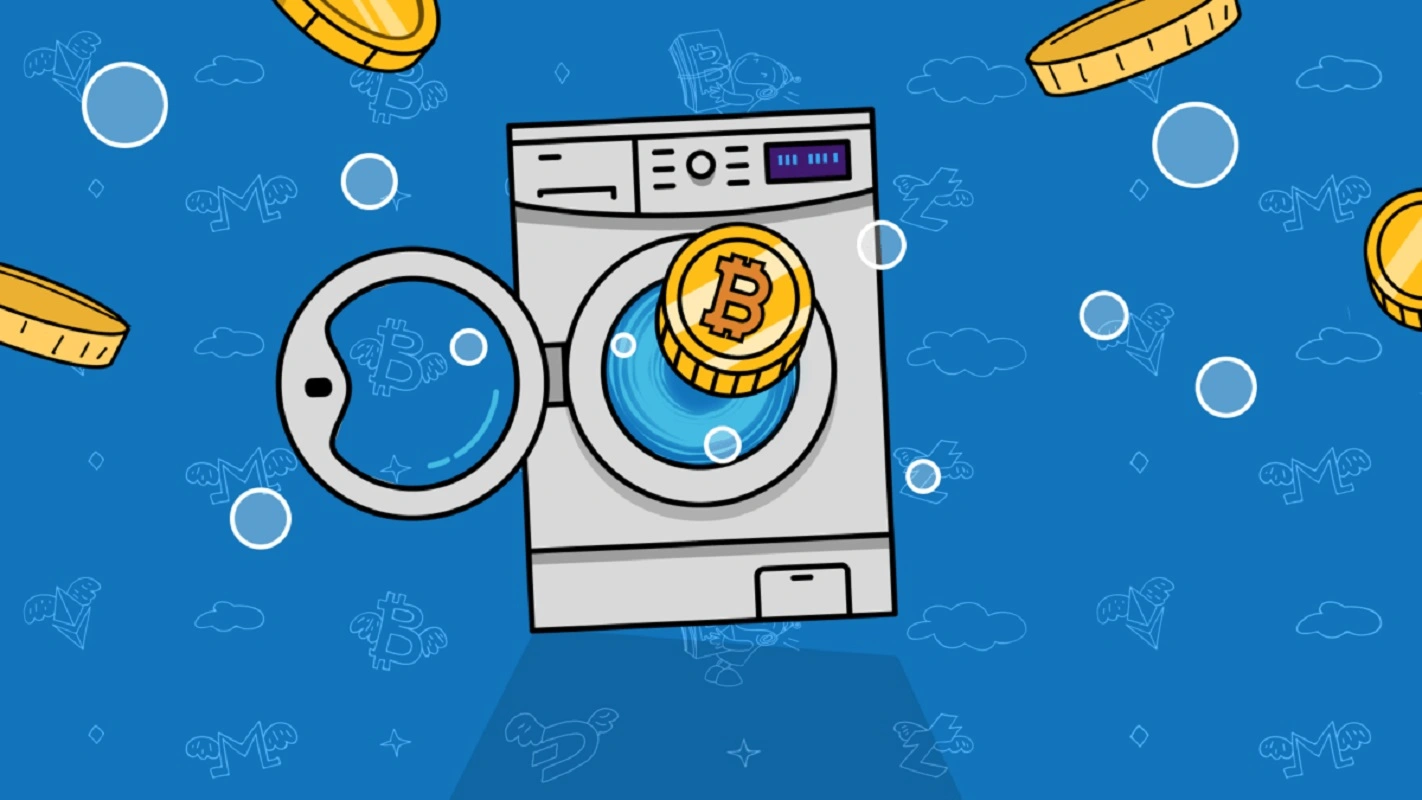
Wash Trading: What Is It and How Does It Impact the Market?
Wash trading is a fraudulent method used in financial markets to manipulate the public’s perception of market conditions. This practice is particularly prevalent in emerging markets, such as cryptocurrency, where lack of transparency and weak regulatory oversight provide an ideal environment for such activities. Understanding the nature of wash trading and being able to identify it is crucial for investors. This article explores the definition of wash trading, how to recognize it, its detrimental effects on the market, and strategies to combat this phenomenon.

What is Wash Trading?
Wash trading is a market manipulation activity where a trader or group of traders engage in coordinated, fake buying and selling of an asset to create a misleading impression of demand and trading volume. Importantly, there is no actual transfer of ownership of the asset, and the sole purpose of these transactions is to deceive other investors by drawing attention to a specific asset.
Key Features of Wash Trading
Wash trading is a common method for manipulating markets, and several aspects contribute to the complexity of this financial violation. This practice not only presents a false image of market conditions but can also have harmful effects on investor decisions, asset prices, and overall market confidence. Here are some key aspects of wash trading:
No Actual Transfer of Ownership
Creation of False Trading Volume
Market Price Manipulation
Violation of Financial Laws
Vulnerability of Cryptocurrency Markets
Regulatory Measures
No Actual Transfer of Ownership
In wash trading, the individual or group of individuals is present on both sides of the transaction. This means that both the buyer and seller roles are played by the same parties, and therefore, ownership of the asset does not actually change hands. These transactions are conducted solely to create a false image of market activity.
Creation of False Trading Volume
A common indicator of wash trading is a sudden, unexplainable increase in trading volume. This inflated volume can mislead traders into thinking that an asset is more actively traded than it really is.
Market Price Manipulation
Through fake transactions, traders can artificially raise or lower the price of an asset. These changes are typically unstable and can lead to severe market volatility, which can harm investors.
Violation of Financial Laws
Wash trading is considered illegal in most financial markets worldwide. Regulatory bodies monitor for this behavior and impose heavy fines or legal restrictions on those found guilty of engaging in such activities.
Vulnerability of Cryptocurrency Markets
Due to legal loopholes, lack of strong regulatory frameworks, and the presence of unreliable exchanges, cryptocurrency markets are more susceptible to wash trading. This vulnerability can lead to diminished public trust and increased investment risk.

Market Making vs. Wash Trading: What’s the Difference?
Understanding the difference between market making and wash trading is crucial for investors, especially in the cryptocurrency market. While these two concepts may seem similar at first glance due to their relation to trading volume and liquidity, they serve very different purposes, structures, impacts, and legal status. Market making supports market dynamics, whereas wash trading is a fraudulent activity that leads to market instability and confusion. Below is a comparison of these two concepts:
| Topic | Market Making | Wash Trading |
|---|---|---|
| Main Goal | Provide liquidity and facilitate real trades | Deceive the market with fake trade volumes |
| Market Role | Positive, supporting market health | Negative, undermines market transparency and trust |
| Ownership Transfer | Real transfer of assets between buyer and seller | No real transfer of ownership |
| Legality | Completely legal and regulated | Illegal in most countries and subject to fines or legal action |
| Tools Used | Transparent order book, smart contracts (in AMMs), liquidity pools | Fake trades, deceptive algorithms, or coordinated accounts |
| Price Impact | Helps stabilize prices through balanced supply and demand | Artificially manipulates prices without economic basis |
| Examples | Automated market makers like Uniswap, SushiSwap | Some projects or unreliable exchanges creating fake trade volumes |
How to Detect Wash Trading
Identifying wash trading can be complex due to its deceptive structure. Unlike regular trades based on supply and demand, fake trades often follow repetitive, illogical patterns with no economic backing. Here are several signs and methods that can help detect this fraudulent activity:
Unusual Trading Volume: A sudden and sharp increase in trading volume, especially when there are no fundamental or news-related reasons behind it, can be a red flag.
Repeated Timing of Trades: If certain buy and sell transactions happen at regular intervals with similar volumes, it could indicate the use of coordinated trading algorithms or related accounts.
Mismatch Between Price and Volume Changes: Typically, price changes should be accompanied by corresponding changes in trading volume. If the price of an asset shifts significantly without corresponding volume, this could be a sign of wash trading.
Suspicious Account Activity: If multiple accounts with a connection are consistently buying and selling an asset at similar prices within a short period, it could indicate coordinated manipulation for fake data creation.
Legal Status of Wash Trading in Cryptocurrency Markets
In many countries, including the United States, wash trading is considered a violation of market manipulation laws. Although cryptocurrency regulations are still in their early stages, regulatory bodies are striving to extend traditional financial market regulations to the crypto space. Engaging in fake trades to mislead the market and generate false volume or price can lead to heavy fines or legal action.
Tools for Detecting Wash Trading
To identify wash trading effectively, using advanced analytical tools is essential. Some methods for detecting wash trading include:
Volume Monitoring: Monitoring sudden, unexplainable changes in trade volumes using platforms like CoinMarketCap and TradingView.
Anomaly Detection Algorithms: Many platforms use smart algorithms to detect unusual trading patterns automatically.
Transaction Data Analysis: Using tools like Chainalysis and Glassnode to analyze blockchain transactions and identify suspicious patterns.
Account Relationship Monitoring: Tools like Graph Analysis help detect suspicious trades between connected accounts.
Conclusion: Wash Trading and How to Protect Yourself
In conclusion, understanding what wash trading is involves recognizing its deceptive nature, its impacts on the market, and how to combat it. Awareness, data analysis, and strong monitoring are crucial tools in combating this type of manipulation. Exchanges play a vital role in preventing such fraudulent activities, and the use of analytical tools can help investors protect themselves from falling victim to this misleading practice.








